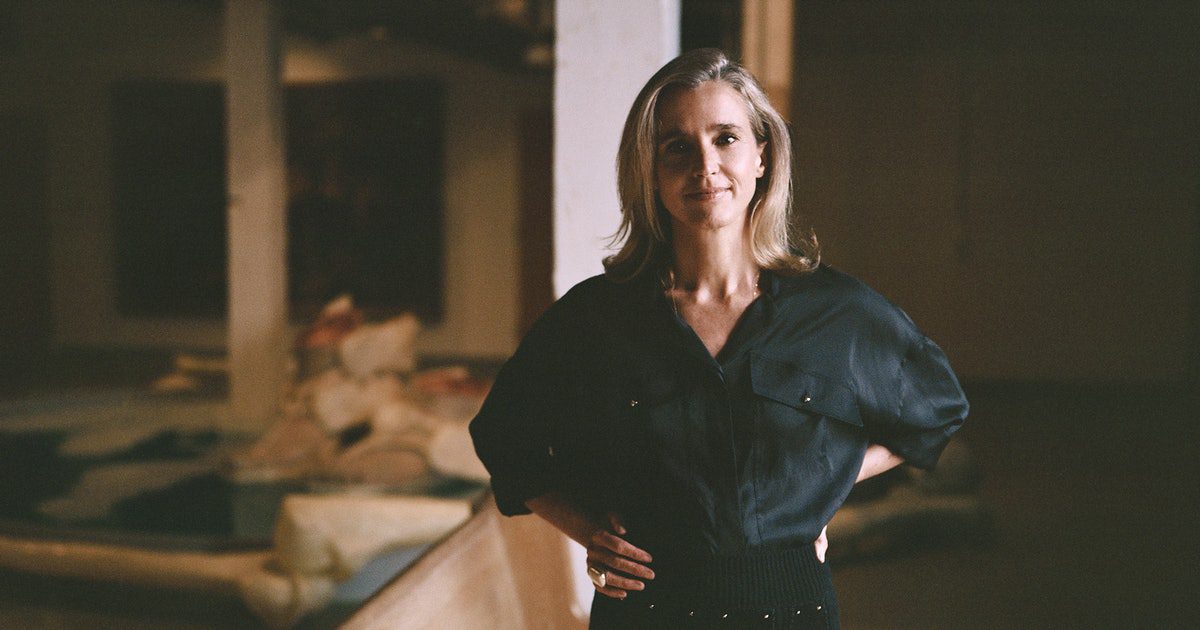For our annual “The Originals” issue, we asked creatives—pioneers in the fields of art, design, fashion, comedy, activism, and more—to share their insights on staying true to themselves. Read all of this year’s interviews here.
Since 2018, you have been the executive director of artistic programs for the Lower Manhattan Cultural Council, a nonprofit that gives space and support to artists living and working in the area. When did you first know you wanted to work in the arts?
I was lucky to be raised in Paris in a family that was quite involved in the arts. I wanted to create a more just, equitable, and peaceful world, and I always felt that my journey was through the arts and in service to artists.
What is your first art memory?
When I was 7 or 8 years old, on a visit with my cousin in London, I saw a Merce Cunningham performance. I remember the John Cage score really stayed with me a long time—not that I enjoyed it! It was challenging, difficult, and loud. It felt visceral, very powerful, not something I could understand or explain at the time.
Which specific corners of the art world do you engage most within your work?
I studied performance art history in the mid-1990s in Paris. I was particularly interested in the break-dancing movement that was happening in France—dancers went from the street to the theaters, and as a result, the communities coming into the theaters shifted. I’ve always been particularly interested in movement-based practices, because within dance, there is often a very direct, almost cellular approach to the work. Also, because dance is the art form with fewer resources, I’ve always felt it was the community that needed the most support.
What does originality within the context of art programming look like to you?
For me, it’s about following one’s own intuition. It’s also about being true to one’s own values and principles, and leaving the ego at the door. You must be really present to those around you and what arises in the moment.
Part of your work with LMCC involves running the summer festival River to River. What pushed you to keep that going during a trying year?
River to River was initially created in response to 9/11. During the attacks, LMCC was located in one of the towers. We lost that space, the archives, and one of the artists died. Afterward, there was a desire to heal the area. Within that festival, we celebrate the resiliency of New Yorkers. When the pandemic happened, most festivals were canceled, but we felt very strongly that we needed to keep going.
Where do you think the art world still has room to grow?
I think we need to ask ourselves: When do we bring down the walls and meet directly with the community? There is a lot of communication within institutions about how we focus on a project itself, but who gets to come in? Who gets to see and engage with the work? Hopefully these conversations bring more inclusion and access into the arts, and more opportunities for artists to spend more time in these communities themselves. I think the notion of slowing down is going to become essential as well.

